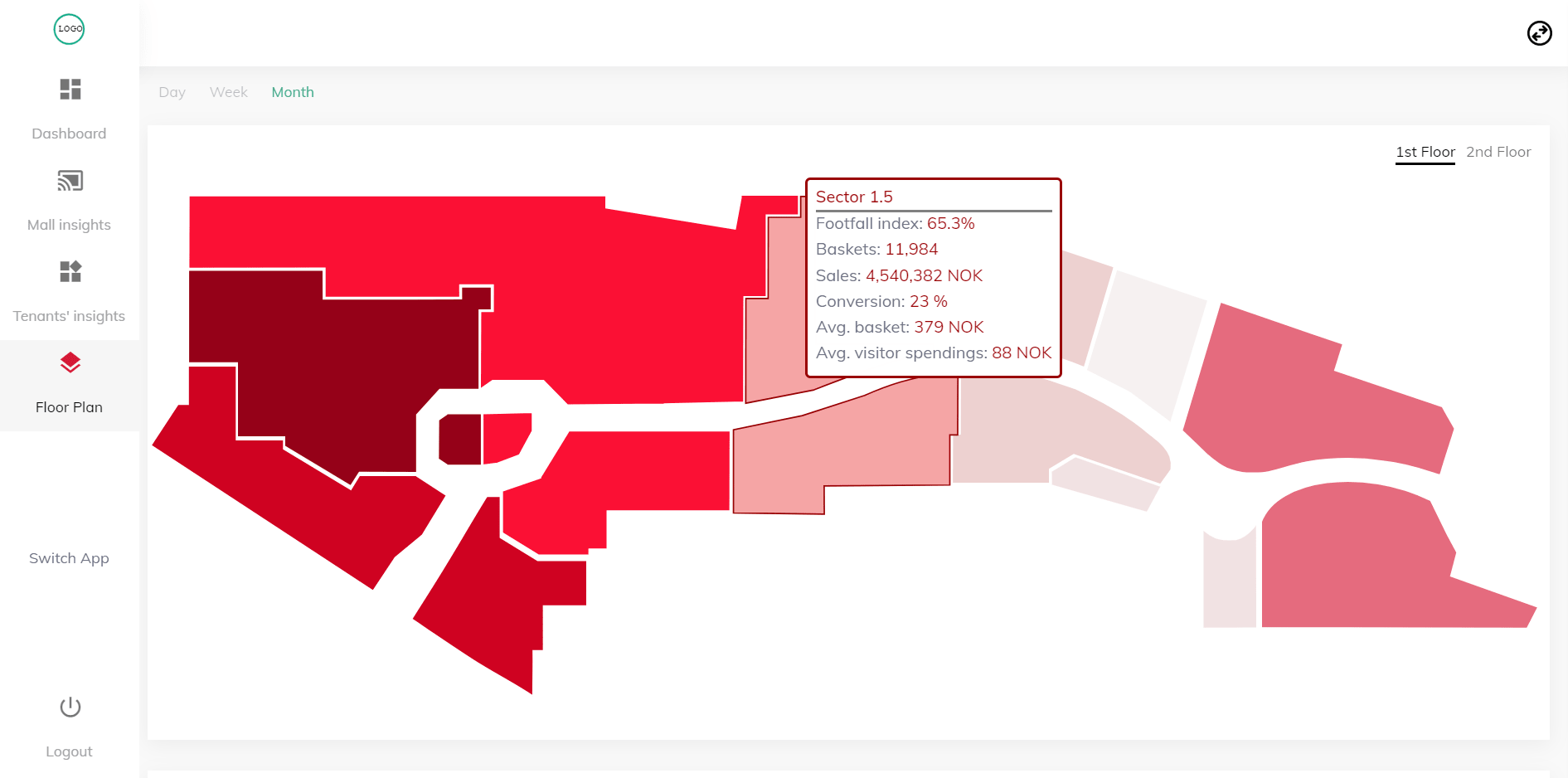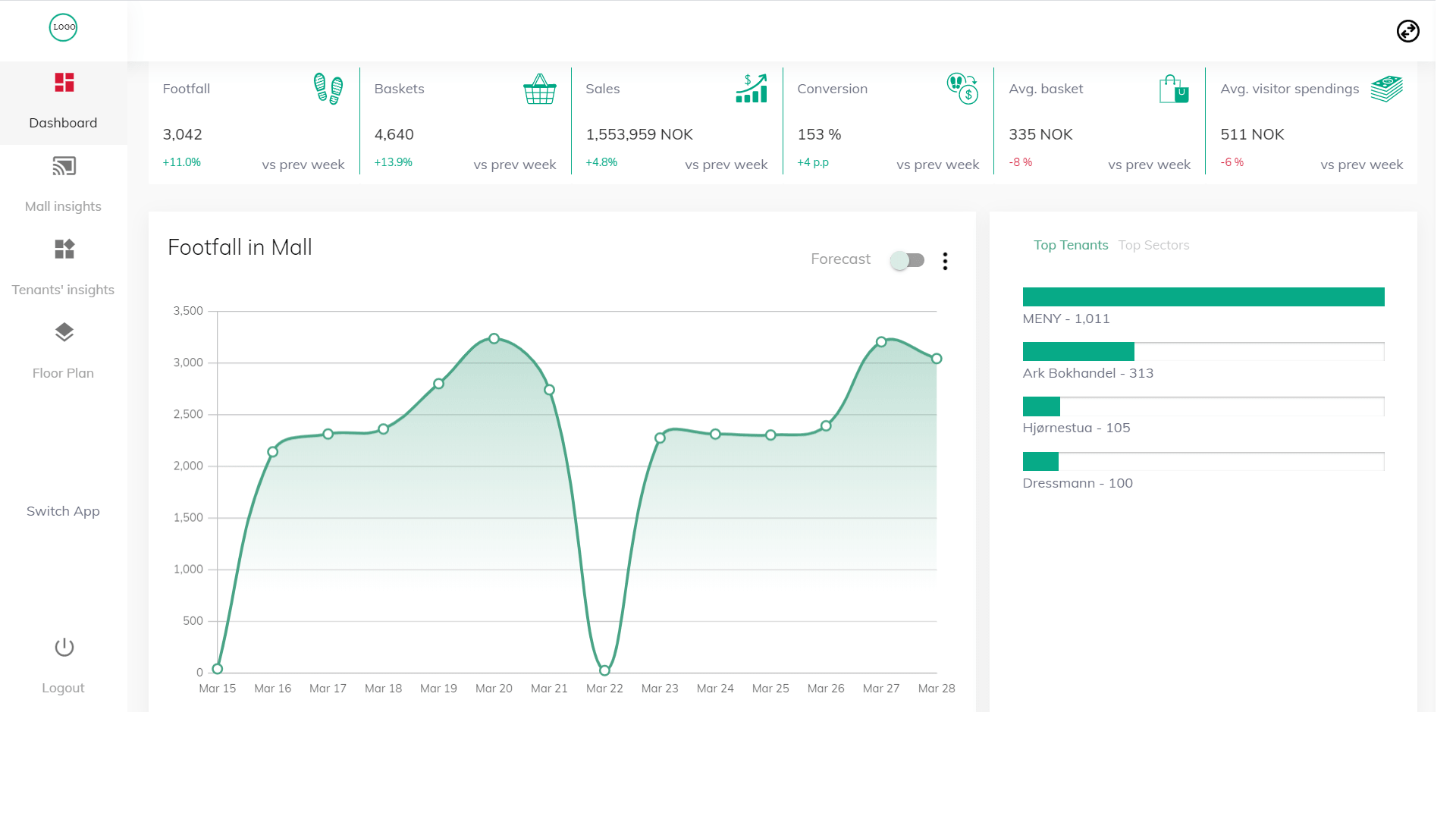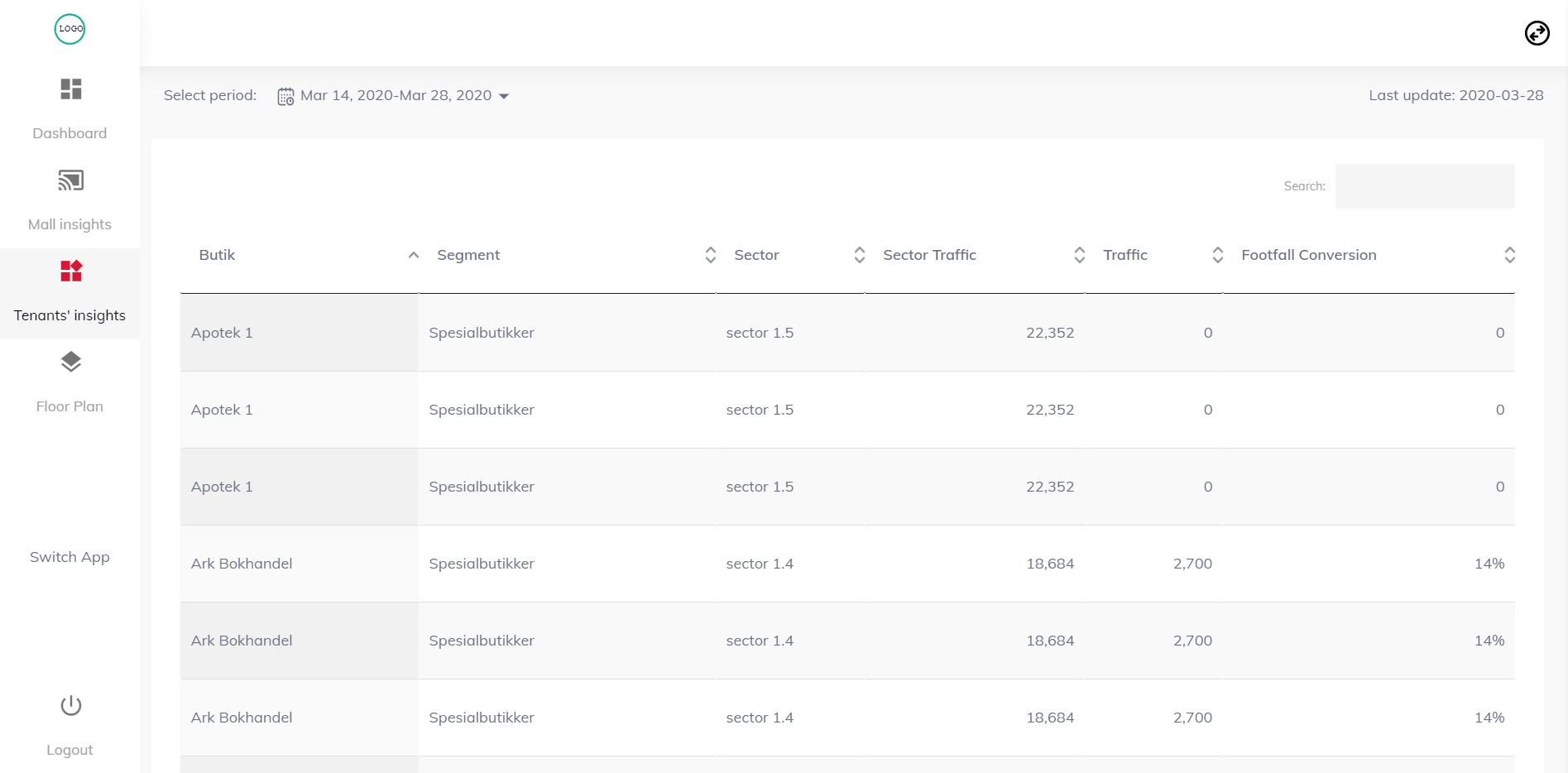
With most consumers shifting to e-commerce, malls need to reinvent themselves to endure in this modern environment. The retail industry needs to adapt to the turbulent economy and increasingly demanding consumers. The use of shopping mall analytics by employing a data-driven approach to measure the behavior of their shoppers is going to help malls stay competitive. Data from in-store analytics solutions provide insights that will give shopping malls a competitive edge and give the customers a better shoppers experience.
Why Retail and Mall Analytics is Important
Retail analytics offers you detailed customer insights along with data for better organization in the mall as well as areas that need improvement. Retail analytics provide the following benefits to your business.
- Bolstering the relationship between the store owners in the mall and the visitors
- Optimizing in-store operations
- Offers tangible insights into customer behavior
- Enhancing the ROI from marketing endeavors
- Elevating the efficiencies in everyday business management
- Enhancing customer experience
- Anticipate demand and other significant trends
Key Performance Metrics
Numbers don’t lie, if the mall is not bringing profits, then something is wrong, or something is not being done right. Key Performance Indicators (KPI) are, by far, the most critical metrics for any business. A KPI or retail metric is a measurable value that businesses use to track and determine whether the business is achieving its main objectives. These are also used by business owners to identify consumer patterns as well as bottlenecks in running the business and also increase profits.
These key metrics can help malls draw more customers in-store while increasing customer engagement. More people means more engagement, which will translate to sales.
1. Footfall Traffic
Footfall traffic reflects the sale opportunities generated by the mall. Capturing the number of all visitors arriving and exiting the mall per that period is enough data to help you execute strategic decisions. Getting footfall traffic involves tracking the visitors’ traffic patterns in the mall. It provides invaluable insights into the activities of the customers in the mall, high traffic periods, and also an assessment of other variables that affect the traffic into the mall, for example, weather, holiday seasons, promotional events. People counting analytics data can be used to assess the impacts of marketing and gain insights on the best times to run the marketing campaigns to drive customers in the store and drive sales up.
2. Heatmaps Data
Malls can use heat maps data to assess the impact of layout change and proximity marketing campaigns on consumer engagement. Tracking the customer movement within the mall will you identify the hotspots and bottlenecks.
The data can also help identify high traffic and low traffic zones. The use of prominent digital signage boards and setting up popular brands in the low traffic zones will help customers discover the low traffic zones and drive traffic there.
3. In-mall Marketing
Advertisement plays a critical role in driving revenue for malls. Data from analytics will help you optimize on location and timing, and picking the right content to show. The stores, even those in the low traffic zones, will entice visitors if there are good branding, promotions, and window displays—marketing signage impacts on the flow of visitors in the mall. Store capture measures the ability to attract traffic to the store. Data on the store capture rate will impact where you put your money when it comes to in-store marketing.
4. Conversion Metrics
Reorganizing the positioning of stores to maximize consumer distribution and convenience can be the right way of driving traffic into low traffic zones. Placing a low traffic store between two high traffic stores will increase the chances of them walking into the low traffic store. Shopping mall analytics can be used to measure mall to store conversion. Store proximity rate measures the value of the mall to the stores. For the mall traffic to be viable, the visitors need to pass close or enter the store.
Shopping mall operators and retailers need to adapt to this customer-centric environment for survival in the market. To succeed, mall operators need to implement advanced analytics tools and collect more valuable data that will inform business decisions. Contact us today if you’re looking to leverage analytics tools for your shopping mall.
Tags
Keywords
Tags
Resources
© 2020-2024 Link Retail. All rights reserved.








